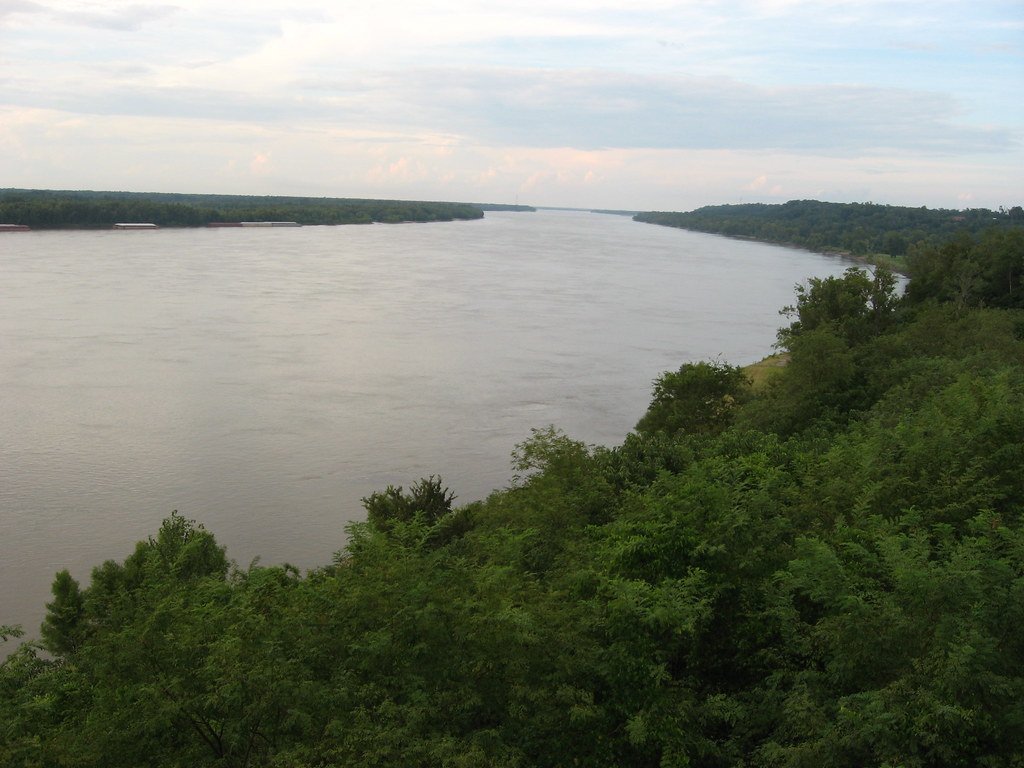Nestled along the banks of the Mississippi River, a series of enigmatic carvings has captured the imagination of historians and archaeologists alike. These ancient glyphs, etched into the stone, whisper secrets of a time long past. The possibility that these carvings constitute a lost Native American writing system is as tantalizing as it is mysterious. The idea that these symbols could be part of a forgotten language adds a layer of intrigue, inviting both scientific inquiry and creative speculation. As we delve into this topic, we unravel the mysteries of a culture that thrived long before European settlers arrived, offering a glimpse into the lives and thoughts of the indigenous peoples who once called this land home.
The Mysterious Origins of the Carvings
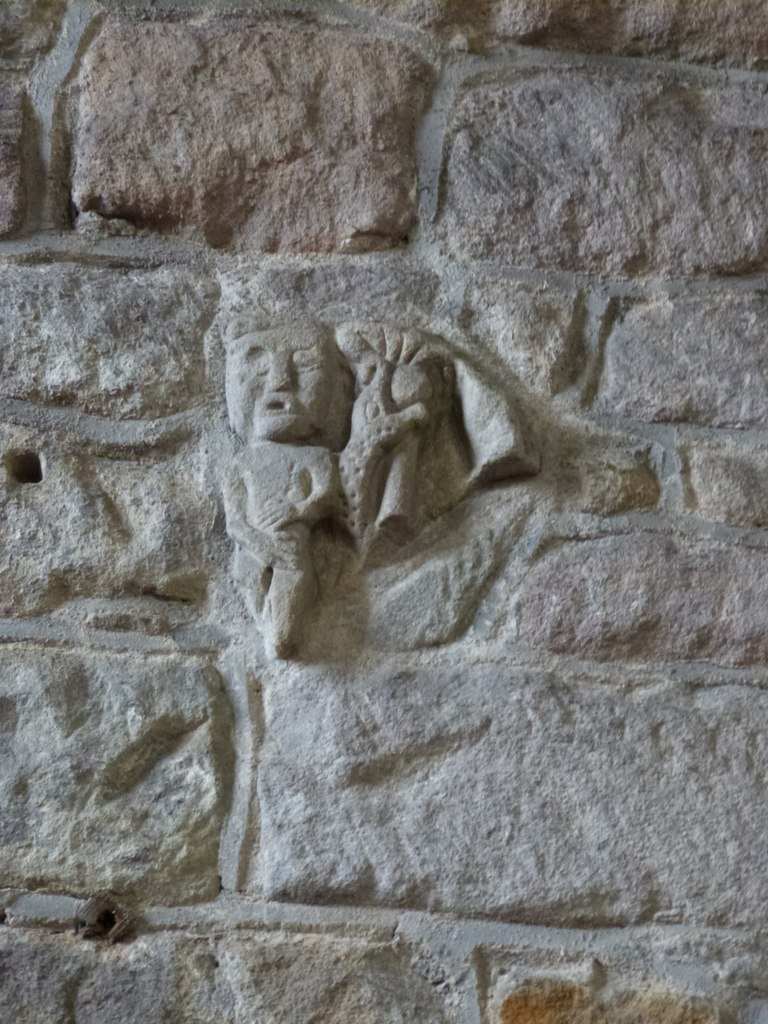
The origins of the Mississippi River carvings are shrouded in mystery, much like the river’s own foggy banks. These carvings are believed to date back several centuries, predating the arrival of European settlers. While the exact age of the carvings remains debated, many researchers believe they were created by the ancestors of the Native American tribes who lived along the river. The carvings, found in various locations along the Mississippi, suggest a widespread and shared cultural practice. This shared heritage hints at a sophisticated level of communication and cultural exchange among the river’s ancient inhabitants.
Deciphering the Symbols: A Challenge for Modern Scholars
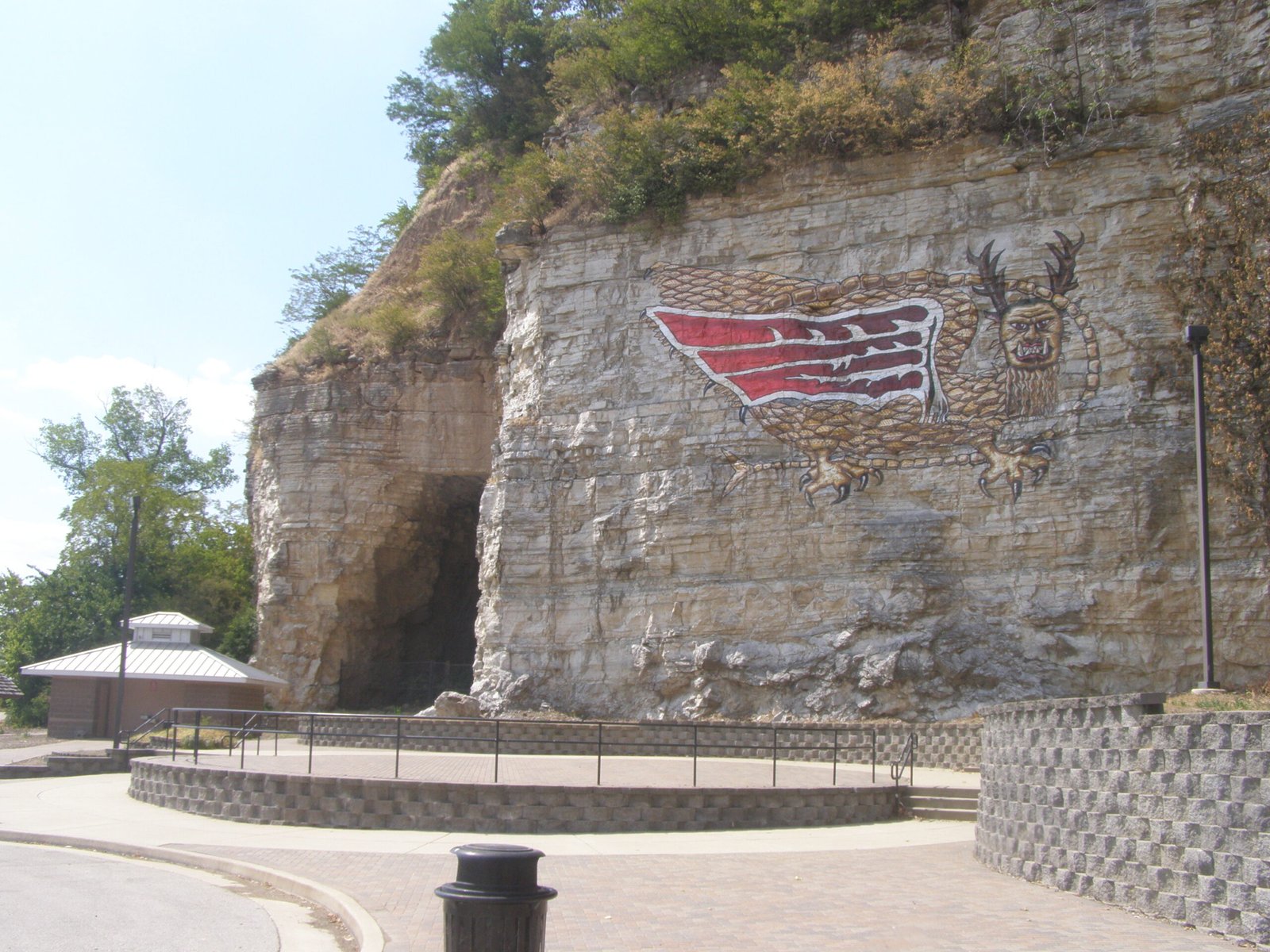
Interpreting these ancient symbols presents an exciting challenge for modern scholars. Much like cracking a code, deciphering the carvings requires deep understanding and sometimes a bit of luck. The carvings feature a variety of symbols, some of which resemble animals, human figures, and geometric shapes. Each symbol might carry multiple meanings, depending on its context and placement. Scholars often rely on comparisons with other Native American symbols and oral traditions to piece together potential meanings. This work is painstaking and requires an interdisciplinary approach, incorporating archaeology, anthropology, and linguistics.
Potential Connections to Other Native American Languages
The possibility that these carvings may be part of a larger Native American writing system is an exciting prospect. Some researchers speculate that the symbols could be related to known Native American languages, such as the Cherokee syllabary or the pictographic systems of the Plains tribes. If true, this would suggest a level of linguistic complexity previously unrecognized in the region. Such a discovery would not only deepen our understanding of these ancient peoples but also highlight the cultural richness of Native American societies. The potential connections to other languages serve as a reminder of the vast tapestry of human communication.
The Role of Oral Traditions in Understanding the Carvings
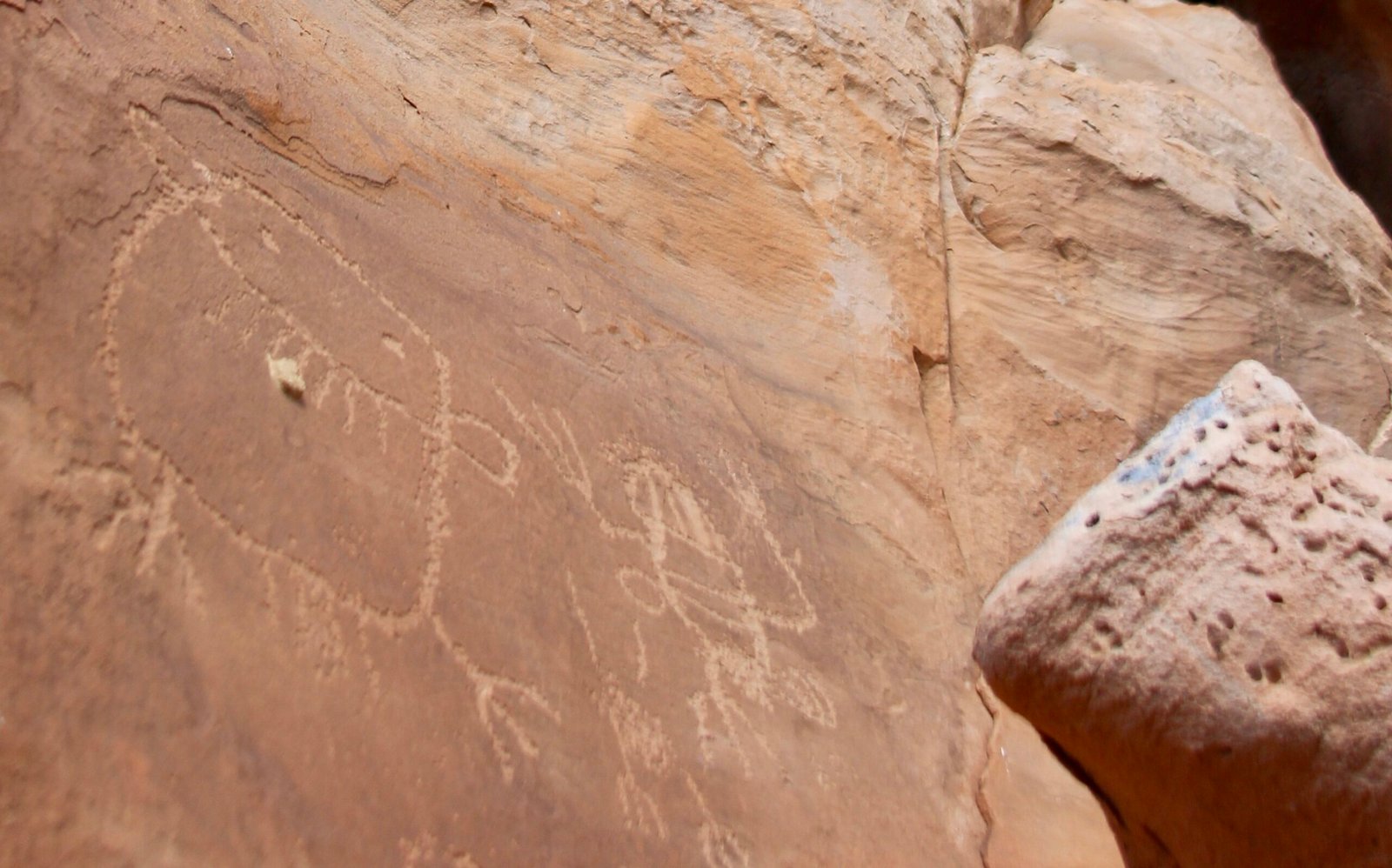
Oral traditions play a crucial role in the study of the Mississippi River carvings. Stories passed down through generations provide valuable insights into the meanings behind the symbols. Native American oral histories often contain references to sacred sites, spiritual beliefs, and historical events, which may be reflected in the carvings. By engaging with indigenous communities and respecting their knowledge, researchers can gain a more nuanced understanding of the carvings’ significance. This collaboration fosters a respectful exchange of knowledge and helps bridge the gap between ancient and modern interpretations.
Scientific Techniques Used in Analyzing the Carvings
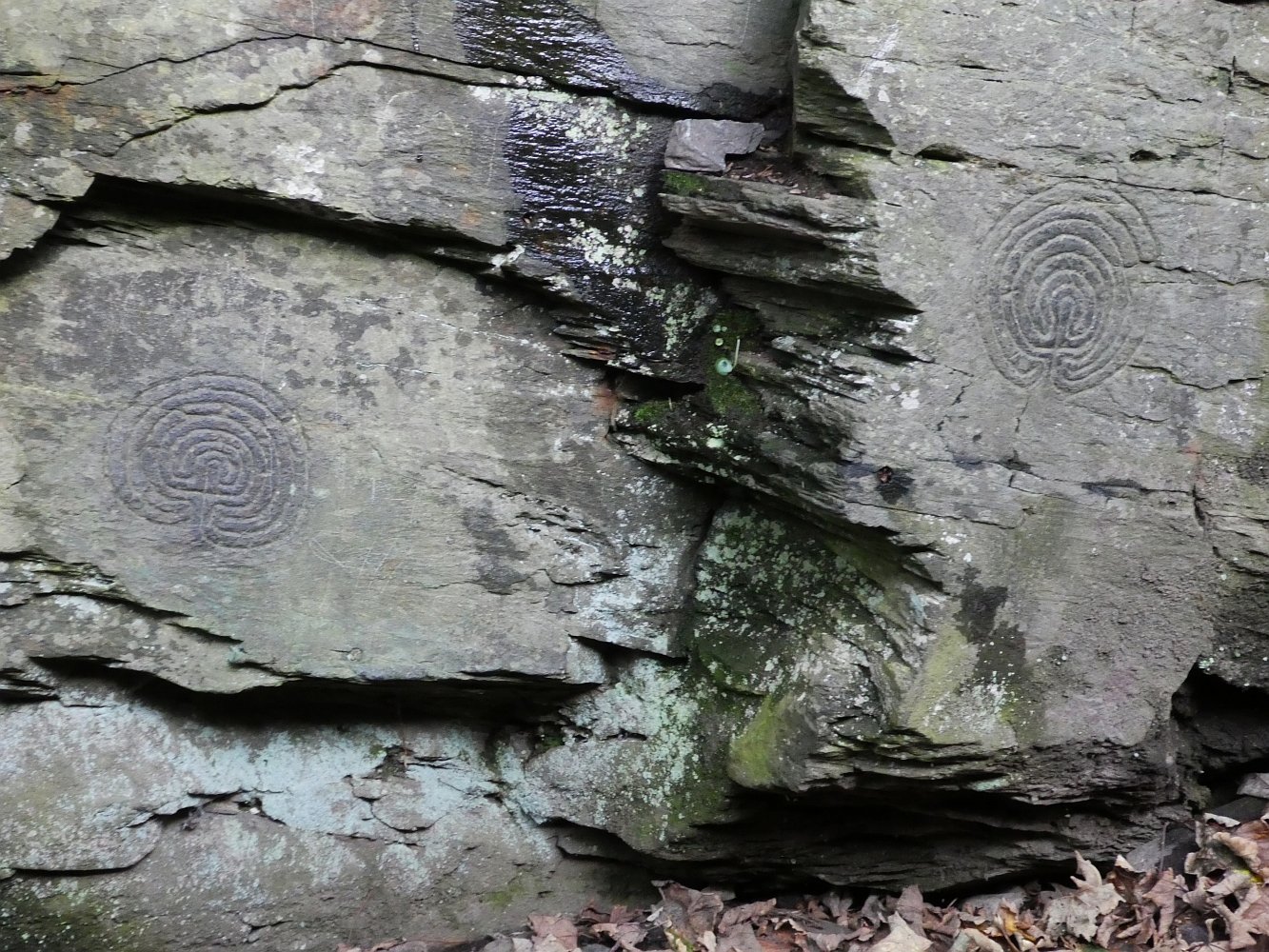
Modern technology has opened new doors in the analysis of the Mississippi River carvings. Techniques such as 3D scanning and digital imaging allow researchers to capture detailed images of the carvings without causing damage. These images can be analyzed to identify patterns and variations that may not be visible to the naked eye. Additionally, radiocarbon dating of organic materials found near the carvings can provide clues about their age. Such scientific advancements enable researchers to build a more comprehensive picture of the carvings’ origins and meanings, blending ancient art with modern science.
The Cultural Significance of the Mississippi River
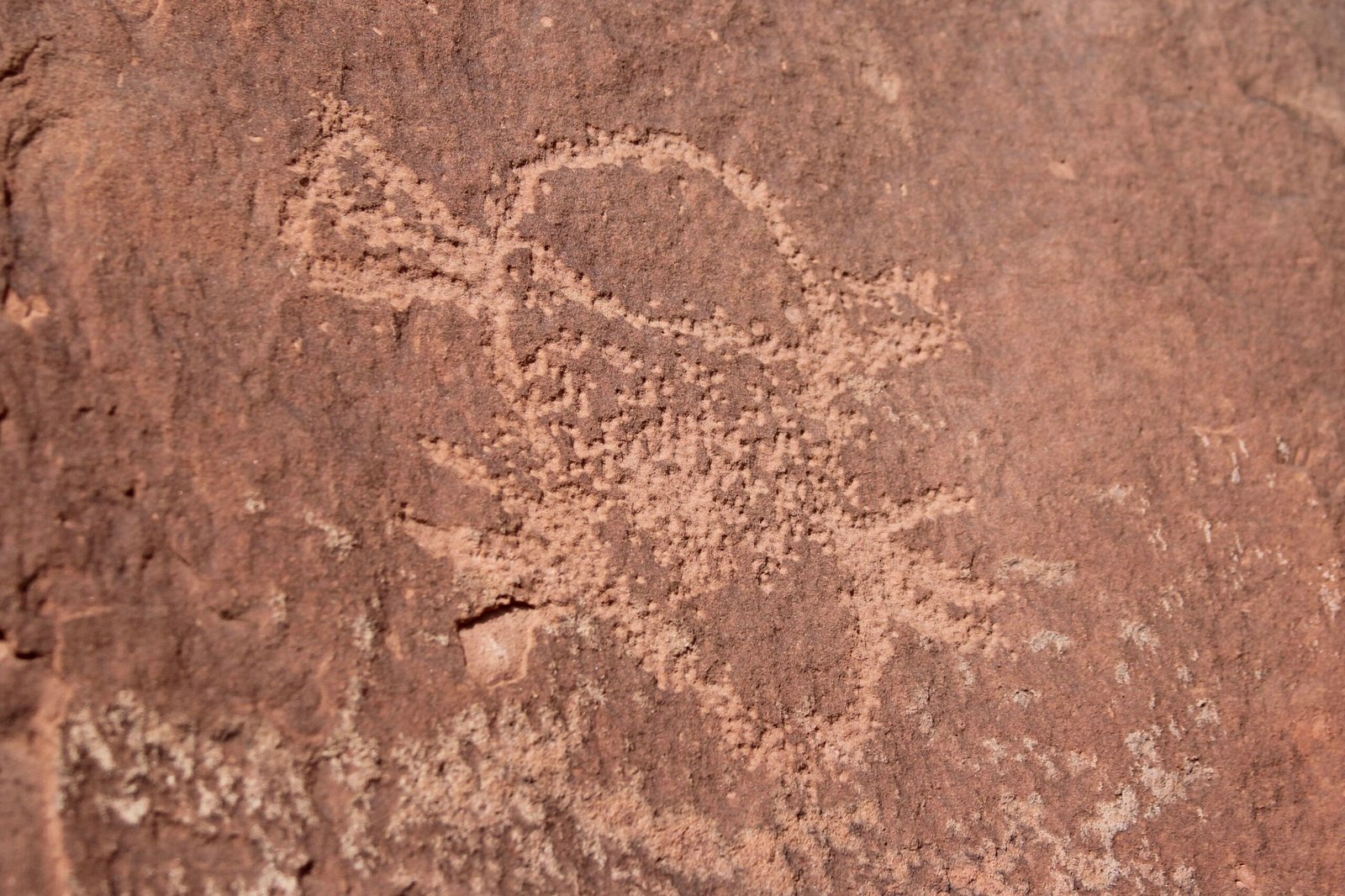
The Mississippi River has long been a lifeline for the people who lived along its banks. Its waters provided food, transportation, and a means of communication. The river’s cultural significance is reflected in the carvings, which may depict scenes from daily life, spiritual beliefs, or historical events. The river was a source of inspiration and a central element in the lives of the Native American tribes. Understanding the carvings within the context of the river’s cultural importance helps us appreciate the deep connection between the people and their environment.
Comparisons with Other Ancient Writing Systems
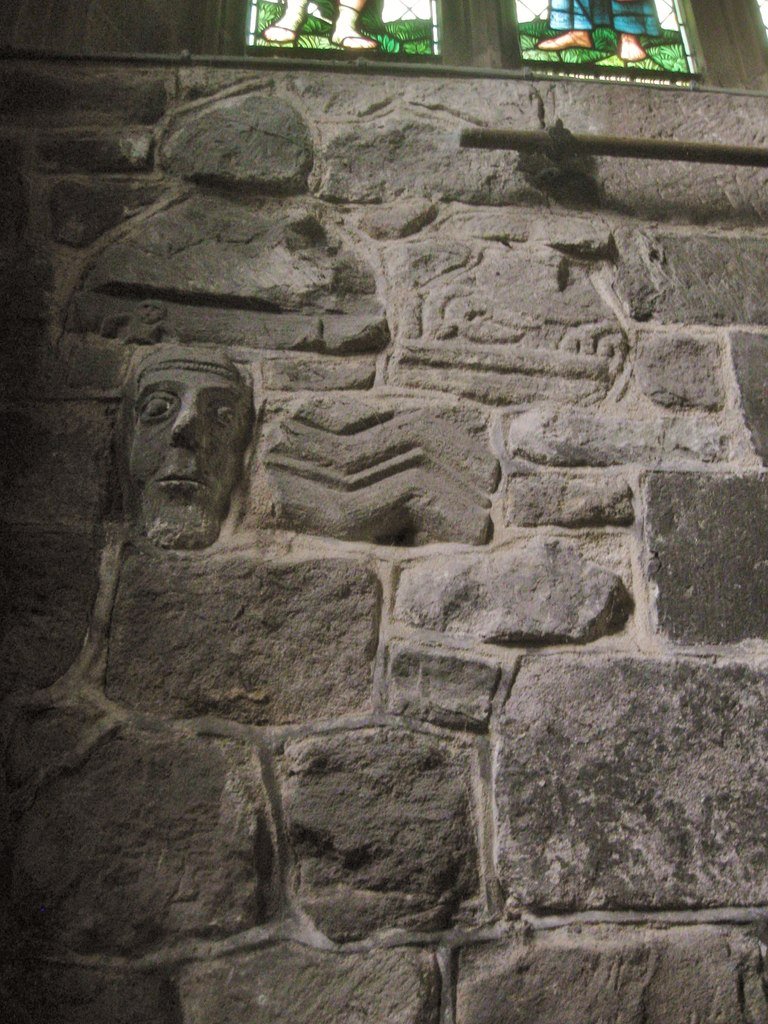
Comparing the Mississippi River carvings to other ancient writing systems can provide valuable insights. While the carvings are unique, they share similarities with other pictographic and ideographic systems from around the world. For example, the carvings might be likened to Egyptian hieroglyphs or the petroglyphs of the American Southwest. These comparisons can help researchers identify common themes and symbols, offering clues about the carvings’ meanings. Such parallels underscore the universal human desire to communicate and record experiences, bridging cultures across time and space.
The Impact of European Contact on Native American Cultures

The arrival of European settlers had a profound impact on Native American cultures, including those along the Mississippi River. The introduction of new technologies, diseases, and social structures disrupted traditional ways of life. Some researchers believe that the carvings may have served as a form of resistance or a way to preserve cultural identity in the face of these changes. The carvings stand as a testament to the resilience and adaptability of Native American societies, offering a glimpse into their efforts to maintain their heritage amidst upheaval.
Preservation Efforts and Challenges

Preserving the Mississippi River carvings is a challenging but essential task. The carvings are vulnerable to natural erosion, human vandalism, and environmental changes. Efforts to protect these cultural treasures often involve collaboration between government agencies, indigenous communities, and conservation organizations. Strategies may include creating protective barriers, documenting the carvings, and raising public awareness about their significance. Preservation is not just about safeguarding the physical carvings but also about honoring the cultural legacy they represent.
The Future of Research and Exploration

The study of the Mississippi River carvings is an ongoing journey, full of potential discoveries and insights. As technology advances and new methodologies emerge, researchers continue to explore the carvings’ secrets. Collaboration with indigenous communities and interdisciplinary approaches are key to unlocking the carvings’ mysteries. The future holds the promise of deeper understanding and appreciation for these ancient symbols, reminding us of the rich tapestry of human history that flows like the mighty Mississippi itself.

